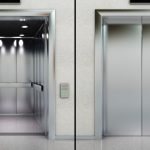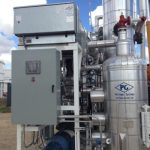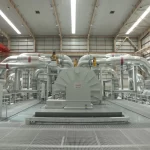Brief Overview:
This course aims to equip participants with essential skills to identify and rectify faults in hydraulic systems. It covers both theoretical foundations and practical applications, encompassing system elements, operational principles, and advanced diagnostic tools and techniques. The target audience includes mechanical engineers, maintenance technicians, and anyone involved in industrial maintenance and operations.
Course Objectives:
- Understand the basics of hydraulic systems and their components.
- Learn effective diagnostic techniques for fault detection.
- Acquire skills for preventive and corrective maintenance.
- Analyze faults and repair them using efficient and safe methods.
Training Content may include:
- Introduction to hydraulics and its principles of operation.
- Types of pumps, valves, and hydraulic cylinders.
- Diagnostic techniques using measurement and testing tools.
- Case studies and common problems in hydraulic systems.
Target Audience:
Mechanical engineers, maintenance technicians, and all individuals working in industrial maintenance and operations.






